Imagine a disaster has just taken place just outside your house. If you were given five minutes to evacuate, not knowing if you’d ever return home, what would you take with you to survive an uncertain future? Degree certificates? Vessels in case you need to cook somewhere? Gold?
The 1947 Partition, an event that quite literally shaped nations, is often memorialised in terms of its magnitude: some 15 million-odd humans were displaced, and a further 1 million lost their lives to the drawing of new borders.
Yet, as historian Aanchal Malhotra (AM) notes, “there is a story behind each of those numbers, when it comes to Partition.” These testimonies of how individuals experienced forced migration during Partition are invaluable perspectives on the years that redefined the subcontinent. Yet, the vulnerabilities of the individual often find little space in our patriotic renditions of the past or indeed, nationalist climates of the present.
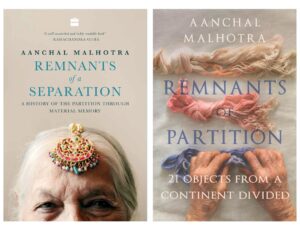
To that end, Malhotra has been delicately furnishing grandiose Partition narratives with the intimacies of the people who experienced it since 2013, having done so most notably in her critically acclaimed debut history of Partition Remnants of a Separation (2017). Using the frameworks of ‘oral history’ and ‘material memory’, Remnants contains 21 chapters of personal testimonies of Partition grounded in the significance of the objects people chose to suddenly cross borders with.
Ranging from cooking vessels for some, to shawls and swords for others, Malhotra’s treatment of these artefacts against a larger history of Partition sheds new light on the minutiae of violence, loss, and longing. In this interview with The Bastion’s Aarathi Ganesan (AG), Malhotra delves deep into the significance objects can carry, and how revisiting the Partition from the ground-up blurs the lines between the ‘other’ and ‘us’ that still divide India today.
AG: In general, how well do you think Partition is recorded in India across scholarship, state affairs, and public memory?
AM: In terms of the way Partition has been discussed so far–this is by no means a blanket statement, for there are many projects that look at it from a nuanced perspective–I think that unless you take history in school or college, or make a conscious effort to read it, you’ll often get a very reductive understanding of what Partition really meant. The four major places that it affected–Pakistan, India, Bangladesh, and England–do not share any common narrative of Partition. It means different things for different people.
It is interesting to study Partition ‘academically’, because one learns about the figures and data of migration. Yet, behind each of those numbers, say 14 million displaced or 1 million killed, there’s a person with a story. Partition was a human event, which many people forget within these vast numbers–it’s quite easy to say that ‘x’ number of people were displaced, but for the longest time, we hardly ever considered these numbers as made up of people. And each of these people experienced the event in a very different way.

So, the first thing to remember is that in order to understand Partition in totality, we need to understand it as an event of various perspectives; they can be defined by religion, ethnicity, culture, or language. People from all over the subcontinent were affected by this colossal event in unique ways. Until we don’t accept these perspectives, or attempt to record all of them, we will never have a full understanding of Partition. The fact that I was able to do a completely novel oral history project on the Partition from 2013 onwards, some 66 years after it happened, indicates that there is clearly so much more to be discovered and understood. Until there continues to be a generational impact from the event, there will continue to be an accumulation of its memory, both lived and inherited. And the thing with memory is that the further you excavate, the more you will unearth, and that too, in innumerable versions.
AG: Your work is distinctive on two counts: it talks about Partition from the ground up, and it uses a distinctive methodology of material memory to do this. Why did you choose these two ways to talk about the Partition?
AM: Generally speaking, the methodology of using people’s stories has been around forever. People’s voices will always remain the most powerful vehicles of remembrance. With all of India’s languages and cultures though, we have a multitude of ways to study trauma.
For example, when my grandfather spoke to me, he often always talked in English, because for him, English was a modern language for modern times. Yet, when I was interviewing him about the Partition, he switched quite naturally between English and Punjabi, depending on what we were talking about. When he spoke about the past, it was often in Punjabi, the language of his childhood. When he spoke to my grandmother, it was also in their shared tongue of Punjabi. But when he spoke in the present, it was mostly in English, almost indicating that he had overcome the predicament of the painful past afforded to him by Partition. These are quite specific and nuanced understandings of the ways in which people articulate loss.

So, why did I choose objects? There was no way that I could have simply asked someone who had lived through the traumatic events of 1947, to open up to me. Speaking about Partition is still quite difficult. A comprehensive vocabulary has not been established, and so we find ourselves–even seven decades later–still only learning how to speak both thoroughly and sensitively about the event. Even if trauma is not an active wound, it can linger for decades, often in silence. And there is no peace in silence, even if silence has been a choice.
By using the tangible object, something that had travelled from one country to another, was carried across the Radcliffe Life, or even stayed in one place but witnessed violence, we find a nuanced way in to explore the past with. Through mundane objects like books, pens, shawls, and jewellery, we can go back into the past. Through the memories of the object, we can return to the memory of a place, now rendered inaccessible by national borders.
Also, Partition didn’t happen overnight; neither did the fervent nationalist sentiments of people, nor the fortified creation of separate countries. It happened gradually over months and years, and took even longer to normalise. So, we’re trying to understand how life was before, and how it fractured because of an event like Partition. We are trying to build the social ethnography of a place and time, and for that, you need to furnish the story with the intimacies of people’s lives. Something as simple as asking about a newspaper that came to someone’s home will tell you whether they were literate or not, or what language they spoke, or how they first learned about the word Partition.
AG: Did you get the impression that the people you’d interviewed had used these objects as vehicles of remembrance of the Partition before? Or was your interaction with them the first time they articulated their stories through them?
AM: It was generally the latter. If the objects brought across the border were monetarily valuable, like jewellery or educational degrees, people remember them proudly, because they were ‘precious’. Another thing people often did is speak with pride about political events or leaders of the time. Say, if they interacted with Pandit Nehru, or saw Jinnah sahib, or heard Mountbatten on the radio, or had a clipping of Gandhi, or someone from their family had been in jail during the nationalist struggle. These were emblems of collective importance, symbols almost, and they always made a point to bring them out in our conversations.
For instance, in an interview I once did in Kolkata, a woman who was 16 years old at Partition admitted to barely understanding why the country was being divided and why the family migrated from Chittagong to Kolkata. But, she did clearly remember the 1930 Chittagong Armory Raid led by Surya Sen, for two of her cousins were in the police service, and often discussed the case at home.
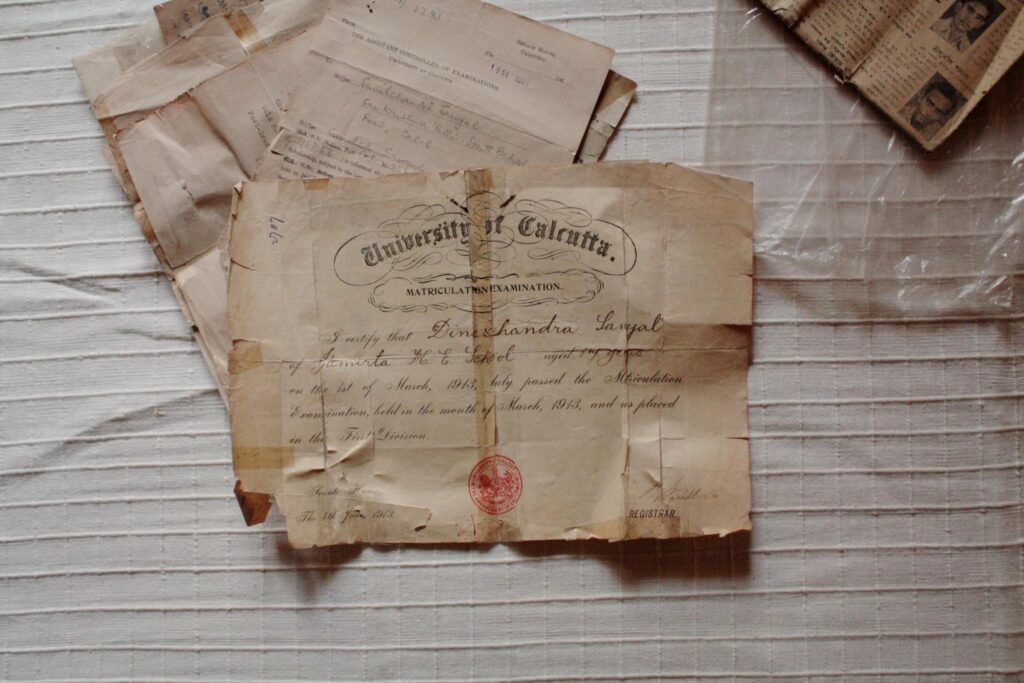
But if the objects brought over were exceedingly mundane and personal nature, like shawls or books or utensils, people often didn’t assign much value to them, particularly if they were still being used. It makes one wonder what we consider to be valuable in the subcontinent’s material history, and how we may–with very mundane items–need an external force to infuse importance. I say this because after speaking to my interviewees for a while, if I proposed borrowing the object for a day to photograph it or study it closely, they’d often be quite reluctant to share. This was primarily because we’d spent the last four or five hours talking about it. The shift from nonchalance to proprietorship over the object happened very quickly. Even the smallest objects made the individual feel suddenly important, and their particular journey of migration took on an augmented status.
That’s why I want to know about objects, because they reflect the intimacies of the everyday. Through them, we don’t limit ourselves to narratives, we can recreate lives instead.
AG: Oral histories are often flexible, or considered unreliable. While data may not give us the full picture, are there gaps in the narration of Partition that can also arise through oral histories themselves?
AM: Oral History is essentially the study of human memory; through interviews, and the collection of data and oral accounts, we study the ways in which individuals witnessed certain events in history. Naturally, it comes with its own drawbacks, the greatest of which is that we cannot fully rely only on memory; there will always be gaps and sometimes discrepancies, for memory alters and dulls with age. But in countries like those of the subcontinent, where a rich tradition of oral culture exists and outweighs official archives, it is one of the most authentic sources to recreate and understand a certain time.
But I do concur that history may never be holistic if it only relies on ‘academic’ sources, and needs to work in tandem with people’s testimonies. Oral history is the lived archive, it includes the voices of people, the languages, the sudden sporadic remembrance, or long-forgotten and buried traumas. Regardless of all its drawbacks, we need to rely on people’s memories, to a certain extent, to understand what transpired. That’s not to say that people’s stories describe how something happened in totality, but they certainly move closer to the heart of an event, building it from the ground up.
AG: Does your positionality ever affect the collection of oral testimonials?
AM: Many times, I found myself to be of a different religion or nationality than my interviewee. However, recording their experiences without judgement is very important. It’s hard to do, because we are all furnished with preconceived notions. I needed to make a conscious effort to unlearn many things. The moment I arrived at an interview with an already made-up mind about what I may achieve during the next few hours, it meant I had fallen prey to judgement and bias, that may have been lacking in foundation. As historians, our work is to record the past in the way in which it happened–not to contort, vilify or justify it.
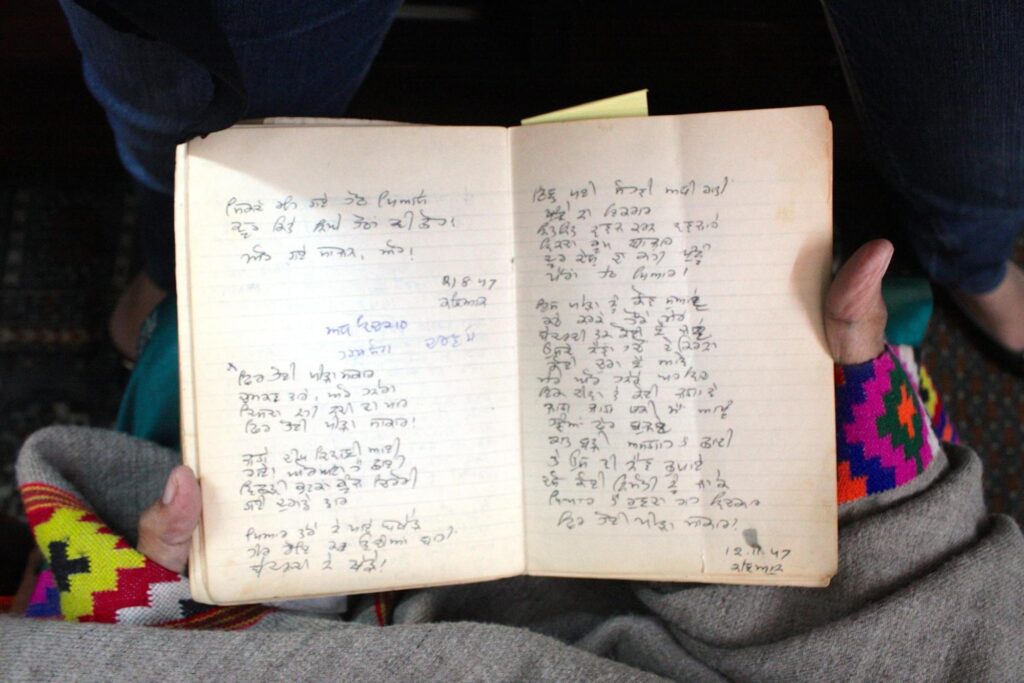
For example, with Partition, we have to understand that no one community won or lost. Everyone lost something, even if they were perpetrators. To be a perpetrator one didn’t just have to set someone’s house on fire, or rape, or steal, or partake in communal propaganda. A person could have been a bystander and watched the events unfold. An observer of violence is as much a part of it as anyone else. And so I always emphasise that everyone lost something along the way. Hindu, Muslim, Sikh, Christian, Indian, Pakistani, even the British. What I am interested in is what happened to each of them, irrespective of my politics or understanding. The interview is about the interviewee, not the interviewer.
AG: What do you think were the main lessons the Partition taught Indians? Do you think that down the line we’ve absorbed and learned from them?
AM: I think people think that ‘History’ is so far back in the past, that it can’t be related to much in the present, or it cannot impact the present. But in fact, history is cyclical. There are key lessons, whether moral, empathetic, ethical, or communal, that we can learn from Partition, and sadly we still haven’t absorbed them. The geographical ramifications of Partition still deeply impact lives today. Whether it is in the Northeast or Kashmir, or with the Muhajirs in Pakistan, the disruptive legacy of Partition is so strong that 70 years later, we are still bearing a heavy burden. One of the main things Partition did was give rise to the ‘Other’.
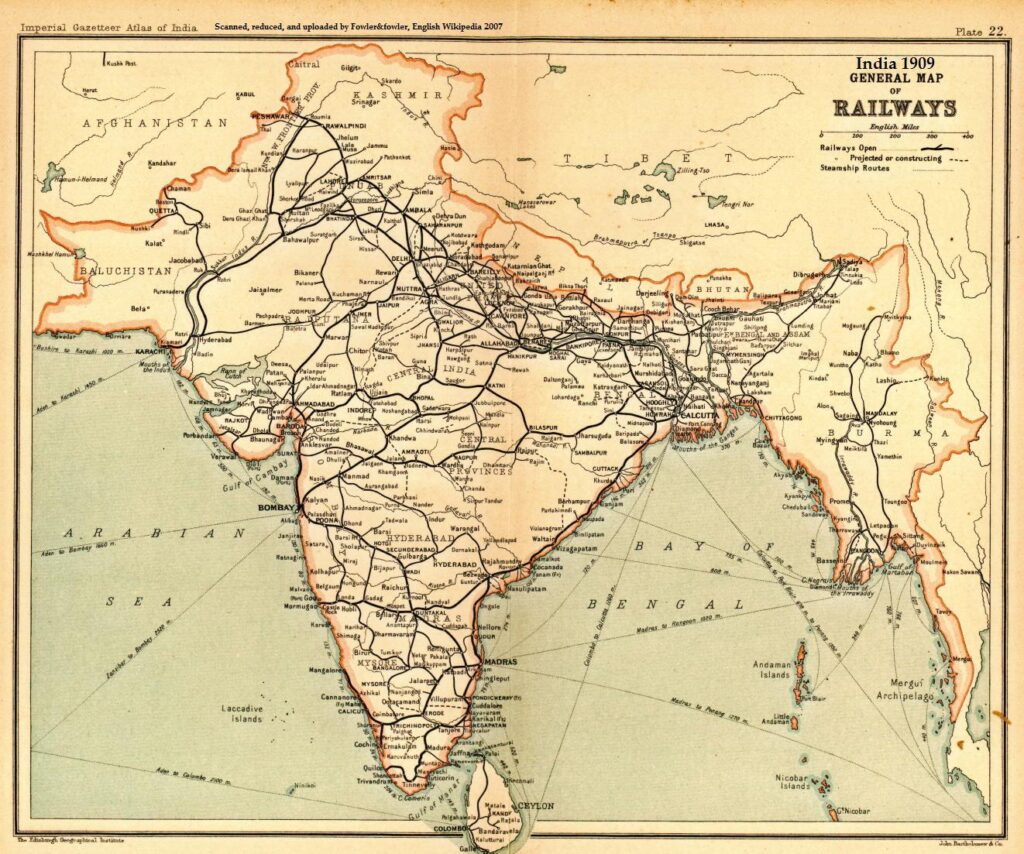
Yet, even when a comparison of othering in the present is blatant and obvious–and I’m talking specifically about the CAA and the protests here–people remain oblivious to the fact that this has already happened in history. Take the pandemic itself. Why is it that when migrant labourers were walking to their villages newspapers came out with headlines calling this the largest migration since Partition?
This kind of exodus, othering, and hate speech has happened before. Yet, we don’t seem to consider the lessons of our past as something to be learnt from, to better the present. What we need is an empathetic understanding of the various peoples that make up our society, and that can only begin with understanding and conversation.
AG: So, what do you think a deep study of Partition can teach us about the ‘other’?
AM: You can study Partition and still say or believe in polarising rhetoric. These are not mutually exclusive categories. In fact, polarising narratives are in themselves a great spokesperson for the Partition! However, polarisation is not the whole story either, because Partition also gave rise to incredible incidents of friendship, kindness, and solidarity, between the people of various religions. But these are convenient to ignore because they don’t fulfil our national narrative. Pegging either India or Pakistan as the blanket ‘enemy’ may be convenient, but if studied intimately, one will find more similarities between us and our neighbours than we may think.

I am quite lucky that I have been able to visit the other multiple times. This is not something I ever take for granted, for to have access is something to be grateful about. I realize the work I do has resonance on both sides of the border, and I have always made it a point to be able to highlight both sides, as best as I can, by recording the stories of various faiths, classes, castes, genders, and nationalities. If you have the ability to show someone what the other side is like, to fracture myths or rumours about peoples, landscapes, or lives, then you have a responsibility to do so.
AG: So, in practice, how does one go about using Partition to build bridges?
AM: There has been an enormous resurgence in the “where are we from?” question amongst people my age. People are nostalgic, still. The generation that witnessed the Partition and what happened may not be alive for much longer. So in a race against time, a lot of third and fourth generation descendants want to forage stories, they want to understand. This has resulted in not only broadening of perspectives, but has helped older generations reconnect with the places they once called home.
For example, I recorded a story in Remnants, about a woman, Mrs. Sitara Faiyaz Ali, from Lahore, who spoke about a house her father had built before the Partition in Dalhousie [Himachal Pradesh, India]. In 1947, the family had to leave very unceremoniously and with little notice. When the book was published, the man who now lives in that house actually contacted me. His family, the Bedis, had received it in a claim after Partition, for the property they had left behind in Kallar Syedan [present day Pakistan]. After that meeting, I actually went to the Dalhousie house and connected the two families. I took a tour of the house documenting it all the while, and even went to the municipal board to see the original plans for the house. I shared it all with Mrs. Ali. Sitting in Lahore, she couldn’t believe the house had remained intact. That moment of connection revealed an intimate shared history. It reminded me that Partition isn’t isolated to any single community or nationality, it is a shared event, which demands that we take into account other nations’ accounts as well.
AG: Most Indians understand the political significance of Partition. But developing a sense of empathy, recognition, and ownership over its outcomes, in spite of your nationality, can be different based on your individual identity. As a South Indian student, for example, I often felt disconnected from this history in class. How do we make the Partition relevant to communities and students who may not have been directly impacted by it?
AM: In a country as large as India, to try and encapsulate everything into a textbook of a couple of hundred pages cannot possibly do justice to everyone or every time period. So, unless you have studied history, or consciously made an effort to read it, students will rarely get that nuanced perception of Partition in school. This can happen anywhere, even in Delhi. For example, I remember that we studied the Freedom Struggle, but we didn’t study Partition that much. We spent a day or two on it, and then the chapter was over. For the most part, our History textbooks have been about cliches and sweeping general narratives.
In terms of the narratives from the North and South, well this is interesting, because there was a very large population of Muslims who left Kerala and Chennai for Karachi, or the Frontier Province. Even within the North, there are stories from areas like the erstwhile princely State of Kashmir that are still mostly unrecorded, and similarly with stories from Assam. But these are less spoken about and hardly ever factor into the official narratives, that have long focused on only Punjab and Bengal.
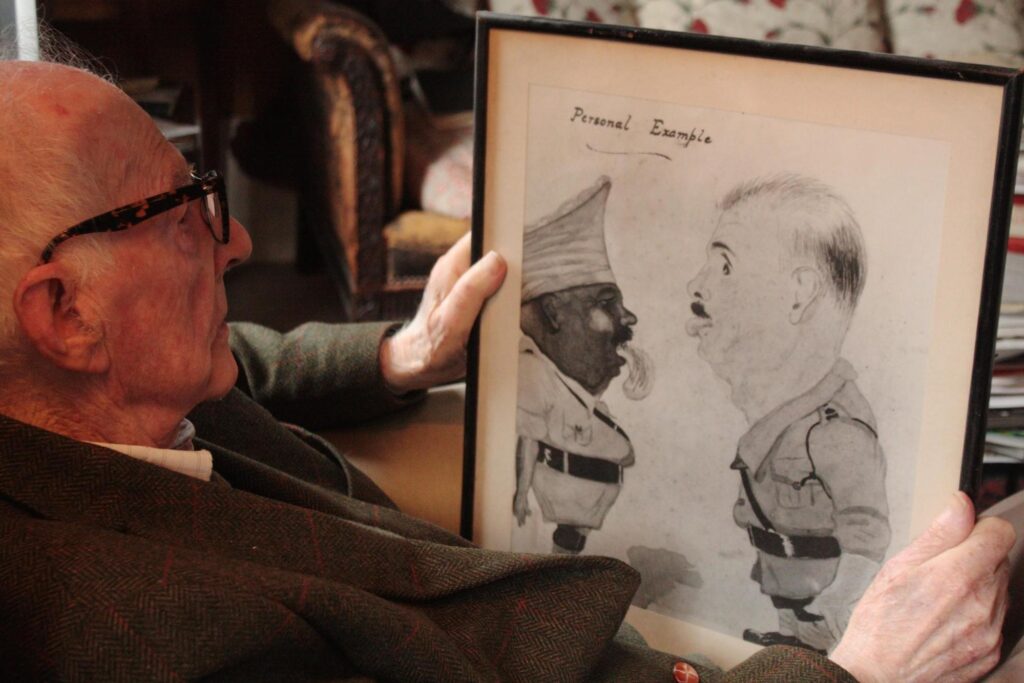
But, I do think this is slowly changing. At least with the CBSE, the curriculum does include sections of oral history, as well as a personal Partition project. Students do have to go out and speak to someone who witnessed Partition. I think that’s great, because if a student has to search for a story, understand and transcribe it and subsequently relay it back to their classmates–well, then you already have 40 different versions of the Partition in front of you! This is the beginning of building an organic, personal archive that can, on some level, be considered a national archive as well.
Maybe collecting people’s stories can garner more interest than official textbooks can. Stories are intimate and personal and as humans we can empathise with experience. Students might not be able to fully understand the politics or geopolitics of something that didn’t affect them, but they can at least understand the human condition. For things to completely change though, it’s still an uphill struggle.
Featured image by Marcio Delgado, courtesy of Aanchal Malhotra. | Views expressed are personal.


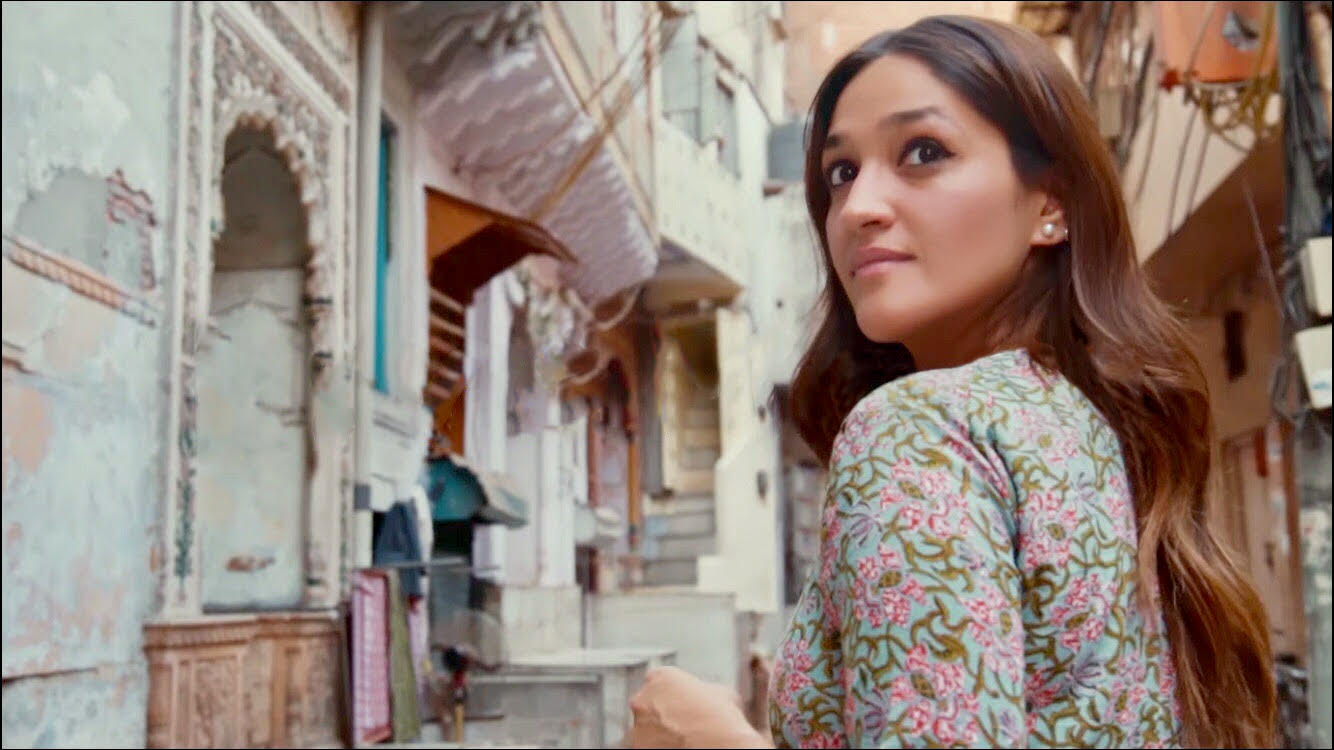




Saddened and pained to reconnect with the past trauma of partitioning the subcontinent,I apologise to all those non-Muslims whose family and friends were harmed in any way by us,the Pakistanis.Let us forgive and forget the sins of our communities and start afresh with love.